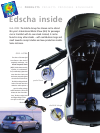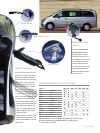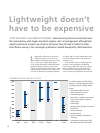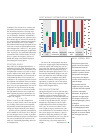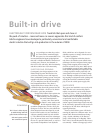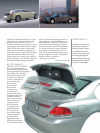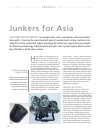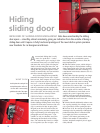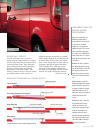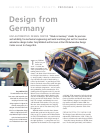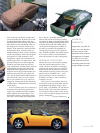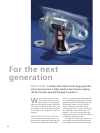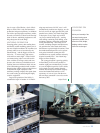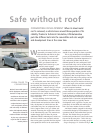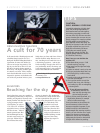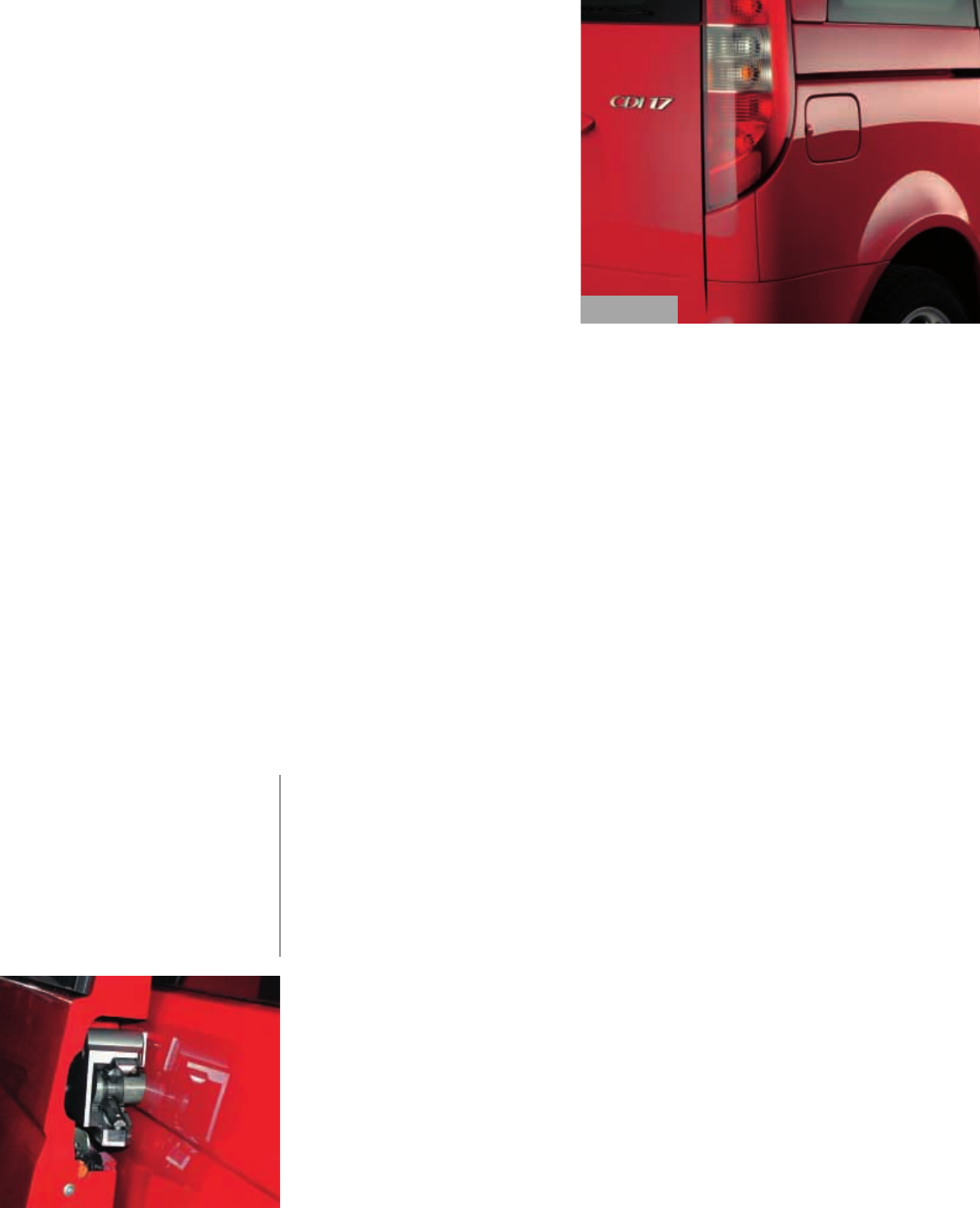
18
BEFORE
Hiding
sliding door
NEW KIND OF SLIDING DOOR MECHANISM Note how unnoticeably the sliding
door opens – smoothly, almost noiselessly, giving no indication from the outside of being a
sliding door until it opens. A fully functional prototype of the new Edscha system promises
new freedoms for car designers and drivers.
conventional sliding door is really
more of a “push door” – it takes
strong arms to get it moving; it often
can be heard streets away as it slides heavily
and slams shut, and its guide rail along the
fender is the first thing that draws dirt, rust
and design criticisms. For these reasons, the
sliding door has gained acceptance to date
mainly in commercially used vans and their
derivatives aimed at large families.
And yet the sliding door has potentially
enormous advantages for the users of pure-
bred cars too, from compacts to luxury limou-
sines: it provides the easiest way of getting
into a car – even in the tightest parking spa-
ces. In pursuit of new customer benefits, more
and more carmakers are thus seeking solu-
tions to the image problems that the sliding
door suffers from. And an entirely new solu-
tion is now offered to them by Edscha.
PRESENTABLY INVISIBLE
“Our system will open all doors wide to the
slide concept.” Klaus Ruigrok van de Werve,
Product Manager Sliding Doors in the Hinge
Systems Division and co-inventor of the con-
cept, is convinced of that. In spring 2001,
Ruigrok (at the time still with invenio, the
engineering service providers) and his team
began experimenting with telescoping rails,
pantographs and swiveling arms: “I just
couldn’t see why we shouldn’t succeed in
eliminating the drawbacks of the sliding
door.” The solution they found is as simple
as it is ingenious (see box on right) – and
already patented. As it features a whole range
of advantages over conventional systems,
there’s only enough space here to name the
most important ones:
■ With the Edscha system, vehicle design is
no longer subject to the limitations resulting
from external guide rails. The sole externally
visible indication of the door technology is a
round button in the fender, about the size of a
parking sensor.
■ The width of the door opening is no longer
limited by overall vehicle length; previously
this criterion ruled out the use of sliding
doors in vehicles with a short overhang. With
the Edscha system, the door now can be
opened across its entire width – even beyond
the rear end of the vehicle if desired.
■ As the guide rail lies entirely within the
vehicle, and moreover can be made to run
straight, the system is appreciably more re-
sistant to wear, has much closer tolerances
and is thus sturdier than conventional sliding
doors. A double door seal is now also
possible.
■ Technical details additionally enhance com-
fort: a spring assembly, for example, saves the
user a great deal of effort opening the door.
■ Not least of all, the concept has significant
advantages also for production. Although the
production sliding door à la Edscha would
cost roughly the same as conventional
systems, it still means good money to the
OEM: as the number of subassemblies
declines, bodyshell complexity also is appre-
ciably reduced.
WENT CLICK
At this point the catch pin has
received the passive roller car-
rier. The door is now securely
guided to the end of the open-
ing travel distance.
A



